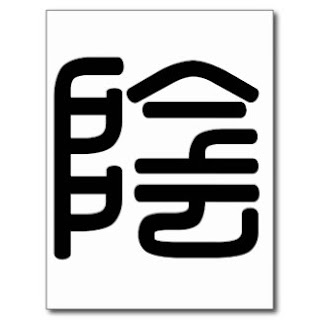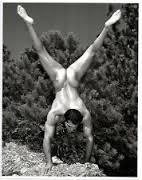Some insights into yin yoga
When I was in India, my teacher trainer conducted a yin yoga class. I had no idea what this was. My teacher had done a lot of yin and was really enjoying sharing this with us. Despite my meditation background I found the first half of the class quite difficult. It was perhaps also to do with how sore we all were from many hours of yoga while on the course. Somehow the long hold of each position really challenged my mind to stay still. Squatting on my heels with my toes under was really super uncomfortable.
By the time I finished that first class I was floating. What was it about this odd style of yoga that was so challenging at first but so liberating as we reached the finale? I was intrigued. I spent time reading up on yin, books and internet pages. I was fascinated by the philosophy and physiology. As someone with a substantial meditation background I rapidly discovered how smoothly meditation techniques and yin fit together.
Yin is a physical practice where we barely engage any muscular strength. We find an asana and we let go into it. Gravity is the main energy in use. The aim is to stretch ligaments slowly and pull on the fascia around the muscles. It also helps to align and open up energy channels in the body - the so-called nadis.
Mentally, yin teaches us to be present, to observe without judging, to allow the mind to come to stillness even when we physically feel in discomfort. There is no instant reward in yin. We drop the notion of gratification and we allow ourselves to feel everything - comfort and discomfort, darkness and light, stillness and motions of the mind. Slowly as the practice moves forward we typically move from the heaviness and darkness, into a place of openness - we find the vastness of the universe within in us and the practice helps us reconnect to the universe.
Specific postures are held for five minutes. I typically like to teach by moving through a series of related postures: kneeling, laying with the heart down, lunging, stretching around the pelvis, scissors and shoulder stretches, moving to seated and eventually reclining postures to open the heart. Yin finishes with the legs either up the wall or the sacrum propped up on a block. Often the last asana allow us a great sense of relief, reconnection and lightness.
Paul Grilley helps explain the Taoist roots of yin yoga: http://www.yogajournal.com/article/practice-section/yin-yoga-2/
Here we get some insight into why fascia work is important in yoga, and how yin particularly helps us reach this element of our bodies and nervous system: https://www.ekhartyoga.com/blog/fascia-and-yoga
Yin can be practiced by people with different levels of fitness, agility, flexibility and those with injuries, provided there is guidance and no discomfort in the joint areas.





Comments
Post a Comment